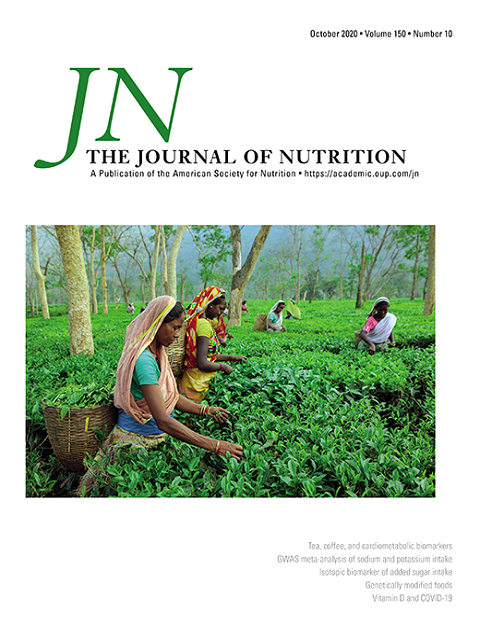Background: Sweetpotato and potato are fast-maturing staple crops and widely consumed in low- and middle-income countries. Conventional breeding to biofortify these crops with iron could improve iron intakes. To our knowledge, iron absorption from sweetpotato and potato has not been assessed. Objective: The aim was to assess iron absorption from regular and iron-biofortified orange-fleshed sweetpotato in Malawi and yellow-fleshed potato and iron-biofortified purple-fleshed potato in Peru. Methods: We conducted 2 randomized, multiple-meal studies in generally healthy, iron-depleted women of reproductive age. Malawian women (n = 24) received 400 g regular or biofortified sweetpotato test meals and Peruvian women (n = 35) received 500 g regular or biofortified potato test meals. Women consumed the meals at breakfast for 2 wk and were then crossed over to the other variety. We labeled the test meals with 57Fe or 58Fe and measured cumulative erythrocyte incorporation of the labels 14 d after completion of each test-meal sequence to calculate iron absorption. Iron absorption was compared by paired-sample t tests. Results: The regular and biofortified orange-fleshed sweetpotato test meals contained 0.55 and 0.97 mg Fe/100 g. Geometric mean (95% CI) fractional iron absorption (FIA) was 5.82% (3.79%, 8.95%) and 6.02% (4.51%, 8.05%), respectively (P = 0.81), resulting in 1.9-fold higher total iron absorption (TIA) from biofortified sweetpotato (P < 0.001). The regular and biofortified potato test meals contained 0.33 and 0.69 mg Fe/100 g. FIA was 28.4% (23.5%, 34.2%) from the regular yellow-fleshed and 13.3% (10.6%, 16.6%) from the biofortified purple-fleshed potatomeals, respectively (P < 0.001), resulting in no significant difference in TIA (P = 0.88). Conclusions: FIA from regular yellow-fleshed potato was remarkably high, at 28%. Iron absorbed from both potato test meals covered 33% of the daily absorbed iron requirement for women of reproductive age, while the biofortified orange-fleshed sweetpotato test meal covered 18%of this requirement. High polyphenol concentrations were likely the major inhibitors of iron absorption.
Iron absorption from iron-biofortified sweetpotato is higher than regular sweetpotato in Malawian women while iron absorption from regular and iron-biofortified potatoes is high in Peruvian women
Citation: Jongstra,R., Mwangi, M., Burgos, G., Zeder, C., Low, J.W., Mzembe, G., Liria, R., Penny, M., Andrade, M.I., Fairweather-Tait, S., Felde, T. zum, Campos, H., Phiri, K.S., Zimmermann, M., Wegmüller, R. (2020). Iron absorption from iron-biofortified sweetpotato is higher than regular sweetpotato in Malawian women while iron absorption from regular and iron-biofortified potatoes is high in Peruvian women. Journal of Nutrition. ISSN 1541-6100. Published online 13Nov2020.
2020-11-16
BIOFORTIFICATION, GENDER, GENETICS, GENOMICS AND CROP IMPROVEMENT SCIENCES GGCI, NUTRITION, POTATO AGRI-FOOD SYSTEMS, POTATOES, SWEETPOTATO AGRI-FOOD SYSTEMS, SWEETPOTATOES
Africa, Latin America, South America
Malawi, Peru
journal_article

